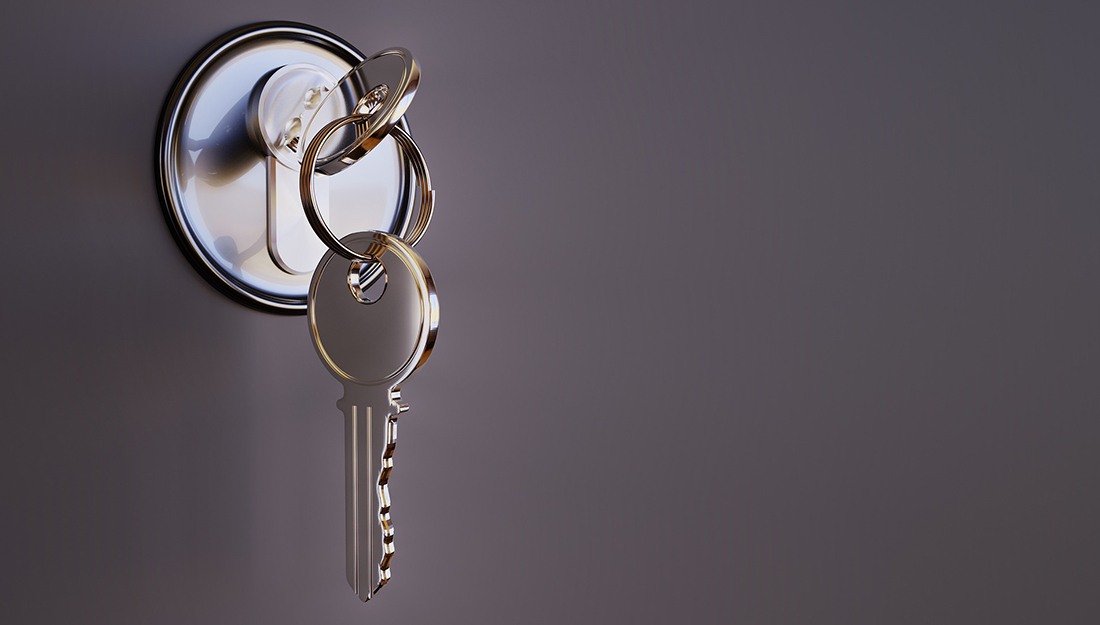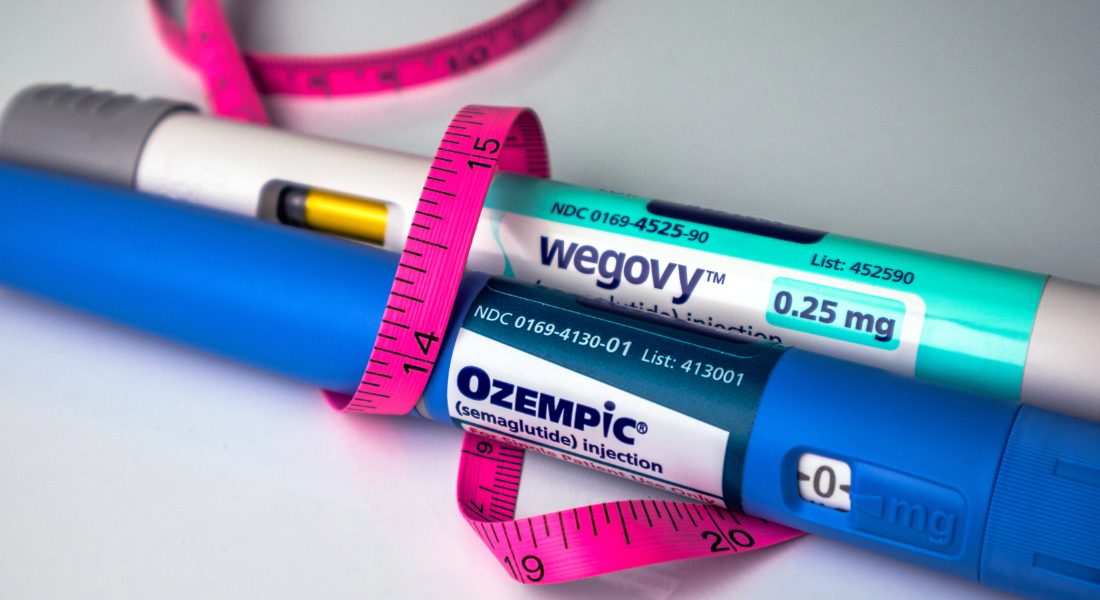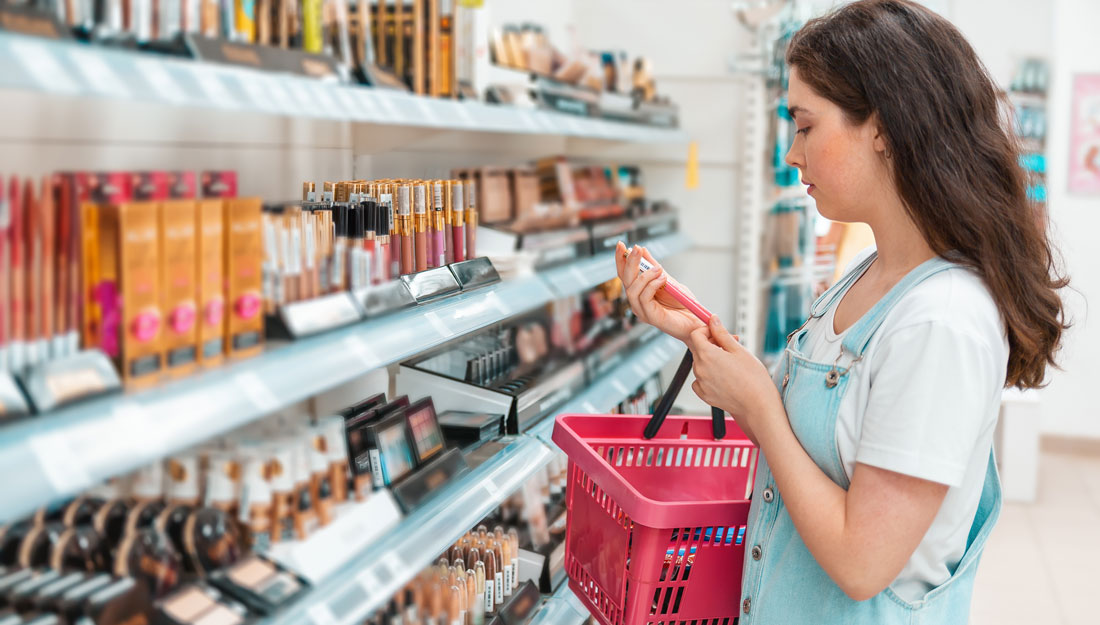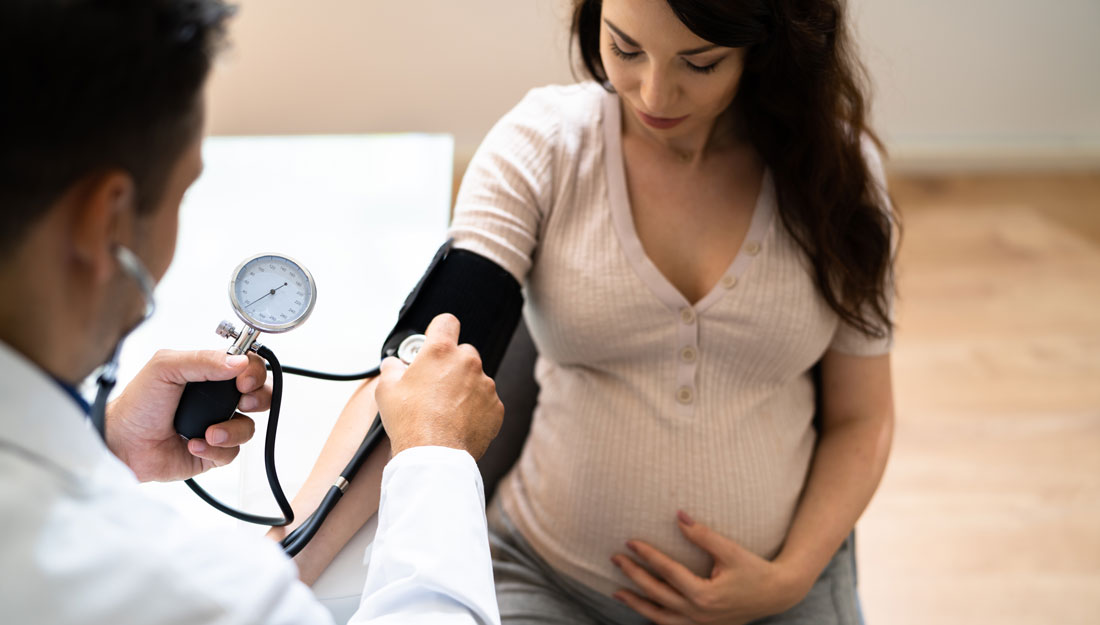- Robert Hutchison, PharmD
- Pharmacy, Point of View, Show on VR homepage
POV: Safe storage, security and disposal of opioids
As the opioid crisis continues, knowing how to prevent these powerful drugs from falling into the wrong hands is key

Safe medication storage can mean keeping them under lock and key, if necessary, and doing so can prevent others in your home from misusing or abusing opioids.
Approach securing your prescriptions the same way you would approach other valuables in your home, like jewelry or cash. There’s no shame in helping protect those items, and the same holds true for your pain medications. Safe medication storage can mean keeping them under lock and key, if necessary, and doing so can prevent others in your home from misusing or abusing opioids.
In 2013, findings from the Partnership Attitude Tracking Study sponsored by MetLife Foundation show that one in four teens has misused or abused a prescription drug at least once in their lifetimes. In these cases, the primary source for the medicines they misused was not a drug dealer—it was friends, their home medicine cabinet or their friends’ home medicine cabinets.
Many clinicians are concerned that patients and family members are not given, or do not heed, instructions about safe use and storage of controlled substances. A recent survey showed that only 10.8 percent of patients perceive a risk for opioid drug diversion at home, and 50 percent of patients reported receiving no information on safe opioid storage and/or disposal from health care providers. Similarly, opioids were stored in a locked location by just 24 percent of patients, with the primary reason being “not worried about anyone taking medication.” In addition, among patients with unused opioids, 17.9 percent did not dispose of their medication, with the chief reason being “save for future personal need.”
This same survey revealed that patients who received counseling about opioid storage and/or disposal were significantly more likely to keep their medication in a locked location than those not counseled (39.2 percent versus 8.8 percent). Patients who perceived any risk for opioid diversion in their home were also much more likely to store their opioids in a locked location than those who saw no risk or were uncertain (51.9 percent versus 20.6 percent).
To safely store medications, follow these five basic, common-sense tips:
- Store opioids in a locked container
- Keep opioids in their original package
- Keep opioids out of children’s reach
- Do not share your medication
- Safely dispose of unused pills
According to Drug Enforcement Administration (DEA) standards, proper disposal requires controlled substances to be rendered “non-retrievable.” This means to make it impossible for the controlled substance to be reconstituted and misused. Additionally, the method used must not be able to be reversed. The DEA has not established a single method for the destruction of controlled substances, but the way that the drug is destroyed must render the controlled substance non-retrievable.
Drug take-back programs have existed for more than a decade. However, many were hampered by the inability of pharmacies to accept the return of controlled substances, which are drugs that have some potential for abuse. Congress passed the Secure and Responsible Drug Disposal Act of 2010 in response to non-medical prescription drug use and the overdose epidemic. This law directed the DEA to develop rules and regulations that would make it easier for communities to organize take-back events and easier for consumers to participate in these programs. Before this, it was illegal to collect controlled substances. To find a collection receptacle location near you, visit the DEA Diversion Control Division website for the list of authorized collection sites.
On September 8, 2014, the DEA issued a final rule regarding the disposal of pharmaceutical controlled substances. The new rule opens up options for disposal to include expanded use of the mail, secure drop boxes and other disposal systems. The DEA has held drug disposal, or “Take Back” days, twice a year that have resulted in millions of pounds of prescription drugs being properly disposed. Pharmacies, state and local governments and other non-profit organizations now have an opportunity to build upon the DEA’s efforts and develop ongoing disposal programs.
Local communities are best positioned to develop disposal programs that can best meet their needs and be in compliance with local environmental regulations.
Mail-back programs allow consumers to put their unwanted medications in a special package that is shipped back to a DEA-authorized collector, which then processes the destruction of the drugs on-site. If a pharmacy makes mail-back packages available, it does not need to modify its DEA registration (unlike providing a drop-box, which does require modifying registration). A drawback of this approach is that the consumer often bears the cost of the mail-back package.
Another approach is the use of specially designed packages that a consumer can use to neutralize the drugs and render them non-retrievable. An advantage of this approach is that it can be implemented by consumers directly.
The next two approaches are not recommended, but are preferable to simply putting unwanted medicines in the garbage or keeping them in the home. However, the downsides of these approaches make the need for an effective, community-based safe drug-disposal program all the more pressing. If a take-back program is simply not feasible in your community, consumers can dispose of unwanted drugs through the following steps:
- Remove labeling from the pill bottle.
- Do not crush the pills or open capsules.
- Mix the drugs with an unpleasant substance, such as cat litter or coffee grounds.
- Put the drugs and unpleasant substance in the garbage separate from the pill bottle.
For most drugs, flushing is not recommended. Flushed drugs—especially controlled substances—can damage the environment when they hit the water supply.
With whatever method they choose, consumers should remove their personal information from pill bottles before they are thrown out.
The federal regulations have been written to allow innovations in the way that drugs can be collected and destroyed. However, any method to destroy collected controlled substances must render the controlled substances non-retrievable.
In summary, always store medications out of reach of children and in a safe place. When it’s time to throw out expired, unused and unwanted opioids, follow the recommendations above to keep everyone in your household safe.
Media contact: media@tamu.edu


